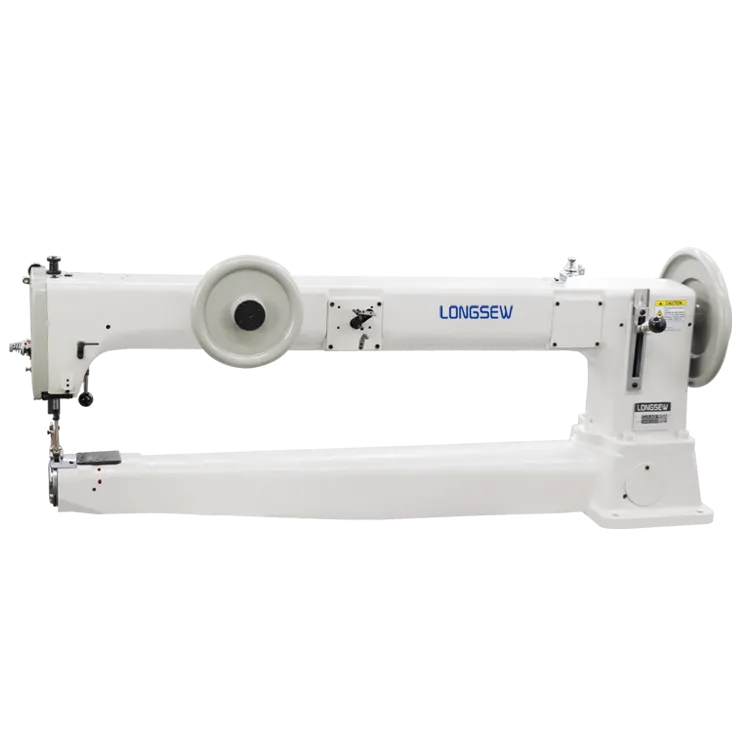Exploring the Versatility of Twin Stitch Needles in Sewing Projects
Exploring the Twin Stitch Needle A Versatile Tool for Seamstresses
The world of sewing and embroidery is filled with a myriad of tools that assist crafters in bringing their creative visions to life. One such tool that has gained popularity among both beginners and experienced sewists is the twin stitch needle. This innovative needle allows for the creation of beautiful and professional-looking finishes on various fabric types, making it a must-have in any sewing kit.
A twin stitch needle, also known as a double needle, features two needles attached to a single shaft. This design enables sewists to create two parallel rows of stitching simultaneously. It is particularly useful for decorative stitching and can be employed in techniques such as pintucks, hems, and decorative topstitching. The twin needle is available in various sizes and types, allowing for a broad range of creative possibilities.
One of the primary advantages of using a twin stitch needle is the ability to achieve a professional finish on knit fabrics. When sewing with knits, a common challenge is to maintain the fabric's stretch while preventing fraying. The twin stitch, especially in a stretch needle variant, provides a greater degree of flexibility than a traditional straight stitch, enabling the material to retain its inherent elasticity. This makes it an ideal choice for sewing activewear, t-shirts, and other garments requiring comfort and movement.
To get started with a twin stitch needle, one needs to ensure their sewing machine is compatible with this type of needle. Most modern machines offer the capability to use twin needles, but it is always wise to consult the manual for specific guidelines. Choosing the right needle size is crucial; for instance, a larger needle size may be more appropriate for thicker fabrics, while a smaller size works best with lightweight materials.
twin stitch needle

Threading the twin needle requires a slight adjustment compared to single needle sewing. Two spools of thread must be used one for each needle. These can either be placed on separate thread spindles or creatively organized using a thread tree. Each thread should be threaded through its respective needle, and be sure to guide the threads under the presser foot before starting to sew. This setup may seem daunting at first, but with a little practice, it becomes second nature.
When it comes to stitch selection, the twin needle can produce a range of effects. A straight stitch creates elegant, professional-looking lines, while a zigzag stitch can provide a more decorative flair. Experimenting with different stitches on scrap fabric is a great way to understand how the twin needle interacts with different materials.
There are a few important tips to remember when working with twin stitch needles. First, always test your settings on a scrap piece of fabric before starting your actual project. This helps prevent any surprises and ensures you achieve the desired look. Additionally, it's essential to maintain a consistent sewing speed to avoid skipped stitches, which can occur if the machine is pushed too quickly.
In conclusion, the twin stitch needle is an invaluable tool for anyone looking to elevate their sewing projects. Its ability to produce double rows of stitching can add a touch of sophistication and durability to garments and crafts alike. By mastering the use of this versatile needle, sewists can unlock endless possibilities for creativity and innovation in their work. Whether you are a novice or an experienced seamstress, incorporating a twin stitch needle into your toolbox will undoubtedly enhance your sewing experience and expand your repertoire. Happy sewing!
-
Boost Production Efficiency with a Pattern Sewing MachineNewsAug.29,2025
-
Industrial Excellence with the Best Heavy Duty Sewing MachineNewsAug.29,2025
-
Precision and Power with the Best Pattern Sewing MachineNewsAug.29,2025
-
Reliable Bulk Packaging Starts With the Right FIBC Sewing MachineNewsAug.29,2025
-
Advanced Packaging Solutions: Elevate Productivity with Jumbo Bag Sewing Machine and Industrial Stitching EquipmentNewsAug.29,2025
-
High-Performance Solutions for Bulk Packaging: FIBC Sewing Machine and MoreNewsAug.29,2025
-
Maximize Efficiency with an Industrial Cylinder Arm Sewing MachineNewsAug.28,2025


























